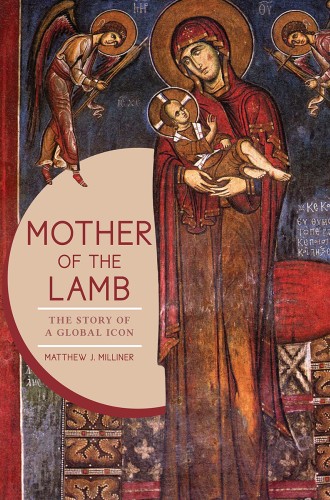Grace without conquest
Art historian Matthew Milliner has written a groundbreaking history of a beloved icon’s role in imperial Christianity’s collapse.
Academics might dream of writing a field-changing book once in a career. Most of us don’t manage it. Art historian Matthew Milliner has done it twice—with books published less than a year apart.
In The Everlasting People (excerpted as “Christ and the Thunderbird” in the December 15, 2021, issue), Milliner takes up G. K. Chesterton’s suggestion that Native Americans have more stories and practices that serve as Praeparatio evangelica than ancient Greeks or Romans ever did. Milliner’s fellow evangelicals have long plunged into Greco-Roman antiquity but not Indigenous studies. The Everlasting People might very well change that.
His other field changer is Mother of the Lamb, a book about the Byzantine icon known as the Virgin of the Passion. Art historians often give limp descriptions of icons as projections of imperial power. That’s true enough, often enough. But Milliner reads the theological depths of iconography better than that. This particular icon—with the infant Christ in his mother’s arms and two angels presenting signs of his coming Passion—might better be read as an icon of imperial collapse.





